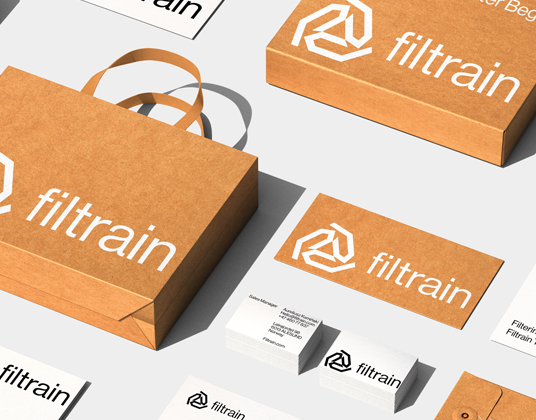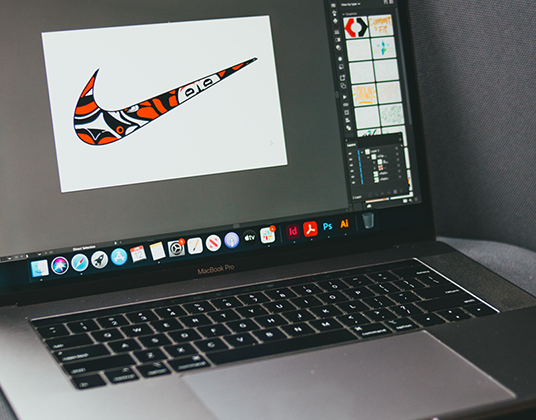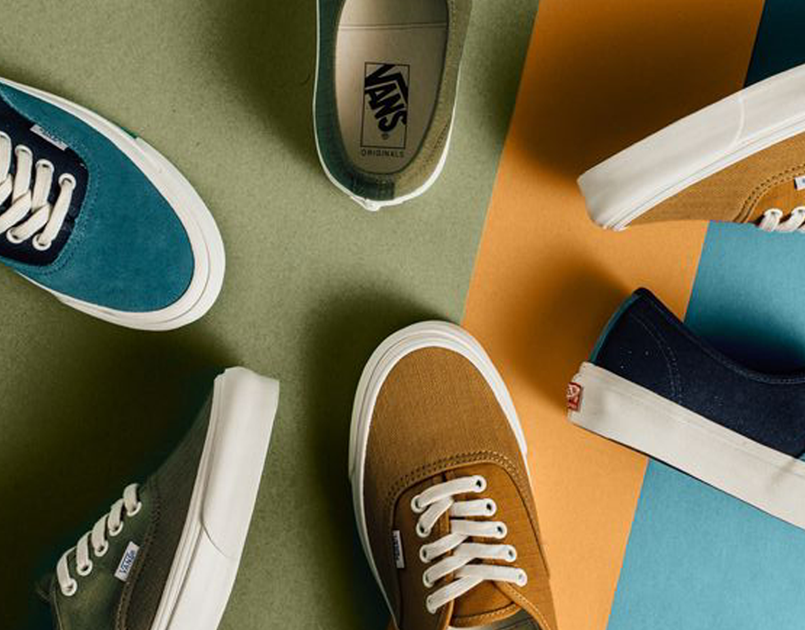Introduction: Understanding the Connection Between Graphic Design and the Food Industry
In today's visually driven world, graphic design plays a pivotal role in the food industry. It's not just about making food look appetizing, but it's also about communicating a brand's story, values, and promises effectively to the consumers. From designing eye-catching packaging to creating engaging advertisements, graphic design helps shape consumer perception and decision-making. It's a powerful tool that can make a food product stand out in a crowded marketplace, evoke emotions, and drive sales. So, let's delve into understanding the significant influence of graphic design on the food industry.
The Power of Packaging: How Graphic Design Influences Consumer Choices
Packaging plays a critical role in the food industry, shaping consumer choices more than we may realize. Graphic design, in particular, has a significant influence on these decisions. It's not just about making the package look attractive. A well-designed package communicates essential information about the product, its quality, and its brand. The colors, fonts, images, and overall layout all work together to create a visual appeal that catches the consumer's eye. Effective graphic design can make a product stand out on a crowded supermarket shelf, compelling consumers to choose it over competitors. Thus, graphic design is a powerful tool that food companies use to drive consumer choices and boost sales.
Branding and Identity: The Role of Graphic Design in Creating Food Brands
Graphic design plays a pivotal role in shaping the branding and identity of food brands. It's the magic wand that gives life to a brand's story, values, and mission through visually appealing elements. A well-crafted logo, a distinctive color palette, engaging packaging, and an attractive website - all these are the fruits of effective graphic design. They not only help a brand to stand out in the crowded market but also create a strong connection with the customers. So, in essence, graphic design acts as the silent ambassador of a food brand, communicating its message in a visually compelling way. It's a powerful tool that food brands can leverage to gain a competitive edge, build a loyal customer base, and drive business growth.
Enhancing Product Appeal: The Use of Graphic Design in Food Photography and Advertising
Graphic design plays a pivotal role in enhancing the appeal of food products in advertising. It is a powerful tool that food companies use to make their products appear more enticing and irresistible. Through the use of appealing graphics, vibrant colors, and strategic placement, graphic design can transform simple food photos into mouth-watering advertisements. It is instrumental in creating a visual narrative that not only grabs the viewer's attention but also stimulates their appetite, influencing their buying decisions. So, the next time you feel an irresistible urge to buy a food product after seeing an advertisement, remember, it's the magic of graphic design at work!
Visual Storytelling: How Graphic Design Communicates a Food Brand’s Ethos
Graphic design plays a pivotal role in shaping a food brand's ethos through visual storytelling. It's a powerful tool that communicates the brand's values, identity, and promises to its consumers. For instance, a brand promoting organic products may use earthy tones and natural elements in their design to visually convey their commitment to sustainability and natural ingredients. Similarly, a brand focused on health and fitness might use clean lines, minimalist designs, and bold colors to represent their dedication to simplicity and healthful living. In essence, graphic design serves as a silent ambassador for food brands, creating a visual narrative that resonates with consumers and influences their perception and choices.
Designing for Health: The Impact of Graphic Design on Nutritional Awareness and Food Labeling
Graphic design plays a pivotal role in the food industry, particularly in promoting nutritional awareness and enhancing food labeling. It's through strategic use of colors, images, and typography that graphic designers create appealing, informative, and easy-to-understand food labels. This not only helps to attract customers but also empowers them with clear, accurate nutritional information, enabling healthier food choices. A well-designed food label can effectively communicate the product's nutritional value, ingredients, and potential health benefits. Therefore, the impact of graphic design on nutritional awareness and food labeling is significant, as it directly influences consumers' perception and understanding of the food they consume.
The Evolution of Graphic Design in the Food Industry: A Historical Perspective
Graphic design has greatly influenced the food industry over the years, transforming it in significant ways. In the early days, simple hand-drawn illustrations and basic typography were used on food packaging. As technology advanced, graphic design evolved, becoming more vibrant and complex. Designers began to use bold colors, creative fonts, and high-quality photos to make food packaging more appealing. This evolution in graphic design not only made food products visually attractive but also helped brands communicate their unique stories, values, and benefits to consumers. Today, graphic design plays a key role in shaping consumers' perception of food products, influencing their buying decisions, and driving the success of food businesses.
Case Studies: Successful Use of Graphic Design in the Food Industry
In the food industry, graphic design plays a pivotal role in attracting customers and boosting sales. One successful example is the rebranding of McDonald's in 2016. The fast-food giant used bold, vibrant colors and simplified design elements to create an engaging, modern look. This fresh approach not only made the brand more visually appealing but also enhanced customers' overall experience. Another success story is the artisanal ice cream brand, Ben & Jerry's. Their distinctive, playful packaging design, featuring bright colors and quirky illustrations, effectively communicates the brand's fun-loving personality and commitment to quality. These case studies highlight how effective graphic design can significantly influence customer perception and drive business growth in the food industry.
Future Trends: The Changing Landscape of Graphic Design in the Food Industry
The future of the food industry is being shaped by graphic design in a multitude of ways. As consumers continue to prioritize aesthetics, food packaging and branding are becoming more innovative and visually appealing. The use of vibrant colors, unique typography, and interactive designs are emerging trends that are captivating the attention of consumers. Moreover, digital graphics are being incorporated into advertising strategies, with the use of social media platforms and online ads. As we move forward, graphic design will continue to play a pivotal role in how food products are marketed and perceived by consumers, making it an indispensable tool for the industry.
Conclusion: The Continuing Influence of Graphic Design on the Food Industry
In conclusion, graphic design continues to have a significant impact on the food industry. It not only influences how food products are marketed but also shapes consumer perception and purchasing decisions. Through creative visuals and compelling packaging designs, brands can effectively communicate their values, highlight product features, and differentiate from competitors. Therefore, as the food industry continues to evolve, the role of graphic design will only become more critical, making it an indispensable tool for businesses to stay competitive and connect with their customers.





